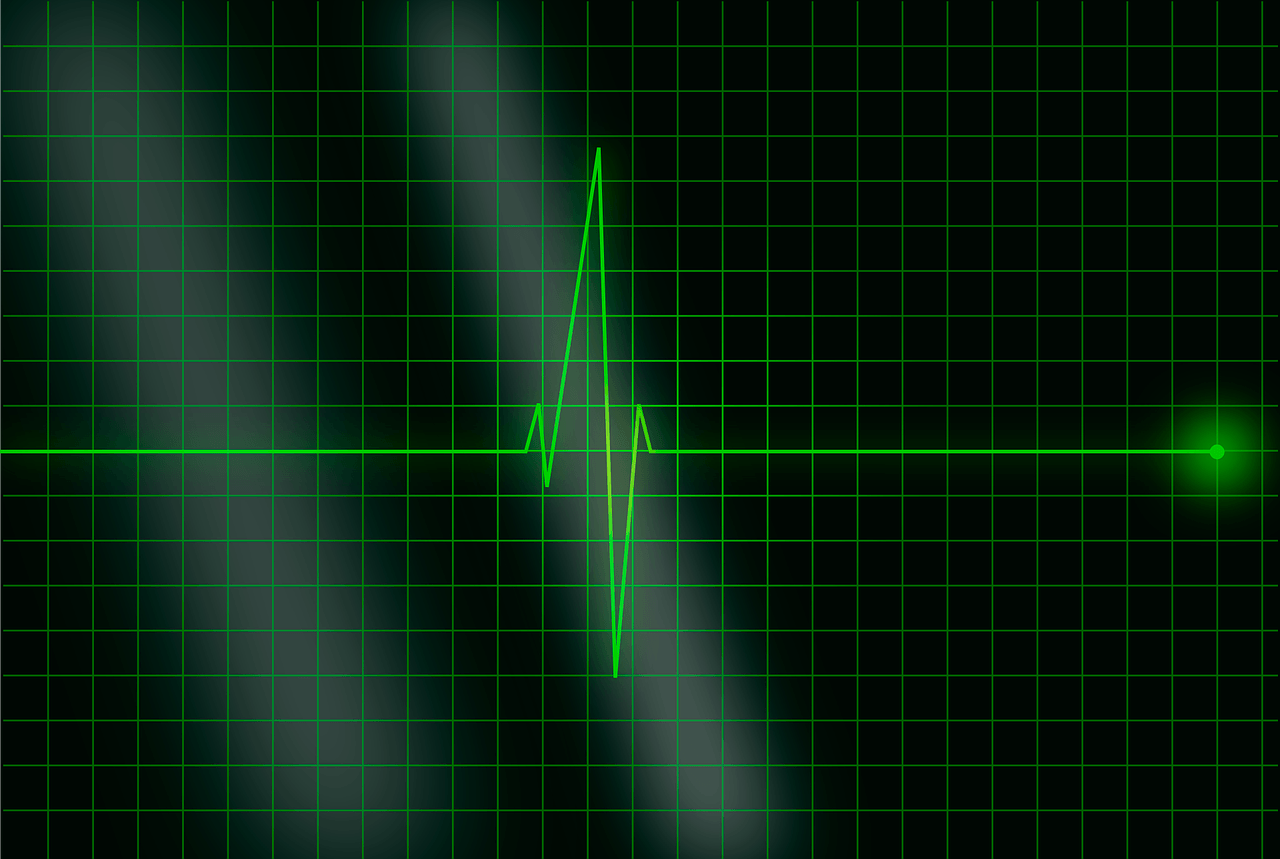 ED: The value of the ECG weighs up the hassle of carrying it out against the information it provides. Is it a hands-on skill reserved for cardiologists? Read on.
ED: The value of the ECG weighs up the hassle of carrying it out against the information it provides. Is it a hands-on skill reserved for cardiologists? Read on.
Since standardisation by the American Heart Association in 1954, the humble ECG has been the most commonly performed cardiac investigations. It is a simple, non-invasive, cost-effective way to assess all cardiac clinical settings.
Undifferentiated chest pain
For the assessment of undifferentiated chest pain, guidelines recommend an ECG is performed within 10 minutes of clinical contact with patients. In one study, chest pain was the most common indication for performing an ECG in the GP setting (57%), followed by collapse or palpitation (30%). An abnormal ECG, an indispensable investigation in the Acute Coronary Syndrome setting, was associated with a high likelihood ratio (13.3) of future cardiovascular events.

Serious structural and electrical abnormalities
The ECG can also be used to diagnose structural cardiac conditions such as hypertrophic cardiomyopathy, as well as Wolff-Parkinson-White syndrome, Brugada syndrome, congenital Long QT syndrome, and electrolyte disturbances. It can also be used to monitor the effects of antiarrhythmic drugs. The 2016 National Heart Foundation guidelines recommend an ECG be performed with newly diagnosed hypertension to assess for left ventricular hypertrophy, ischaemic changes, and atrial fibrillation.
Is a standard 12 lead ECG, however, always required? For example, atrial fibrillation is common (5% of patients over the age of 65), and increases ischaemic stroke risk five-fold in the absence of anticoagulation. A rhythm strip may be sufficient for diagnosis as witnessed by the Search AF study – in which a smartphone-based AliveCor iECG recordings performed by pharmacists had a sensitivity of 98.5% and specificity of 91.4% for AF diagnosis compared to an over-read by a cardiologist. Other studies have investigated a practice nurse or receptionist performing iECG recordings, also allowing rapid screening.
Barriers to a 12-lead ECG in general practice
Despite the clear benefits of the ECG in certain patient populations, interpretation of the ECG is a concern amongst many primary care physicians. Automated interpretation algorithms, whilst useful, have poor correlation with cardiology specialists’ assessment (44.4%; significantly worse than the modest correlation between GP and cardiologist of 58.9%). This makes such algorithms unreliable compared to the GP’s overall clinical judgement in assessing the need for referral.
The standard ECG’s interpretation is the major sticking point for primary care physicians. Despite the importance of ECGs in primary practice, in one study over half of primary care physicians reported one or less ECGs per week and in another study as many as 31% of GPs felt “very” or “fairly” uncomfortable in reading ECGs.
Potential solutions may include advances in automated reporting software, up-skilling primary care physicians in ECG interpretation, or providing remote support from cardiologists.
Key Messages
- The ECG is a simple, safe, non-invasive and cost-effective test.
- Interpretation of the ECG may be a barrier for which potential solutions are required.
- Smartphone-based rhythm strips rapidly and accurately screen for arrhythmic conditions such as atrial fibrillation.
References available on request.
Questions? Contact the editor.
Author competing interests: nil relevant disclosures.
Disclaimer: Please note, this website is not a substitute for independent professional advice. Nothing contained in this website is intended to be used as medical advice and it is not intended to be used to diagnose, treat, cure or prevent any disease, nor should it be used for therapeutic purposes or as a substitute for your own health professional’s advice. Opinions expressed at this website do not necessarily reflect those of Medical Forum magazine. Medical Forum makes no warranties about any of the content of this website, nor any representations or undertakings about any content of any other website referred to, or accessible, through this website.

